Native Food in New England
Native American Food We Eat Today in New England
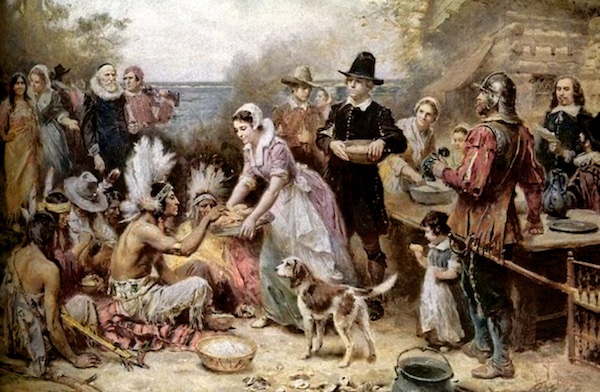
When the first European settlers arrived in New England Native Americans had a rich and varied food. Agriculturally they farmed corn, beans, squash, and pumpkins. They foraged for blueberries, cranberries, and shellfish; and supplemented their diet through hunting and fishing. Many of New England’s most iconic dishes are deeply rooted in Native American traditional cuisine.
We have created a list of the most popular aboriginal dishes of New England that are still enjoyed today. A visit to New England isn’t complete without indulging in a few of these time-honored traditional dishes.
Indian Pudding
Early colonists from England loved hasty pudding, a porridge-like dish made by boiling wheat flour in milk until it thickened. Wheat flour was scarce in America so the colonists substituted native cornmeal, which they called “Indian flour” to make this pudding. They would often flavor the pudding with another condiment introduced to them by Native Americans, maple syrup. Today, Indian Pudding is often served with whipped cream or vanilla ice cream and sprinkled with cinnamon. Make your own Indian Pudding, it is not as hard as it looks.
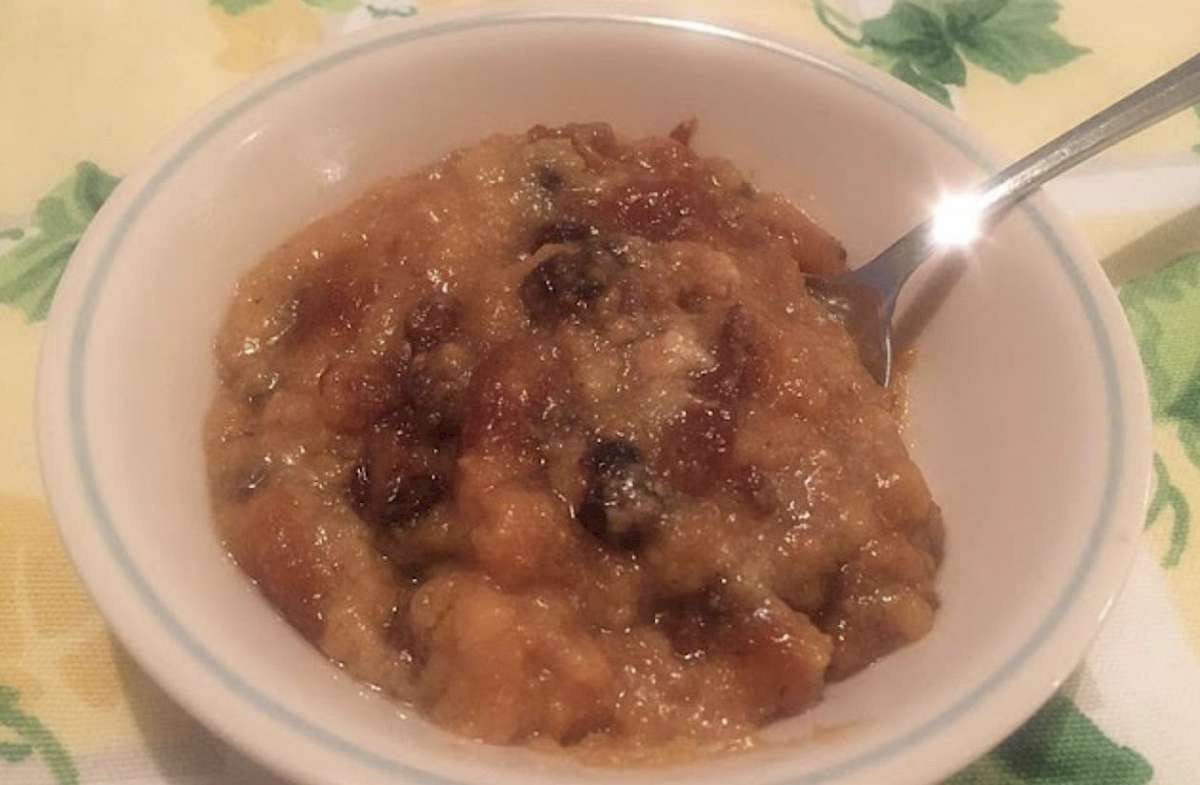
Johnnycakes
Corn was the staff of life for many early Native American communities. Corn was prepared in a variety of different ways; it was ground into a fine powder, made into porridge, steamed, popped, or eaten fresh. The most common corn dish was pone or johnnycake that was made from corn that was ground into a fine powder and made into a dough with water or bear oil. Round cakes that resemble a pancake were made from the dough and baked in hot ashes or on soapstones. In the summer johnnycakes were mixed with strawberries or blueberries, and in the fall, blackberries, or elderberries were added to the mixture. Johnnycakes became an early American staple food that was served throughout New England and as far north as Newfoundland and as far south as Jamaica. It is thought the name johnnycake is derived from the Native American word, janiken which means corncake. A modern johnnycake is fried yellow or white cornmeal that is mixed with hot water or milk and sometimes sweetened.
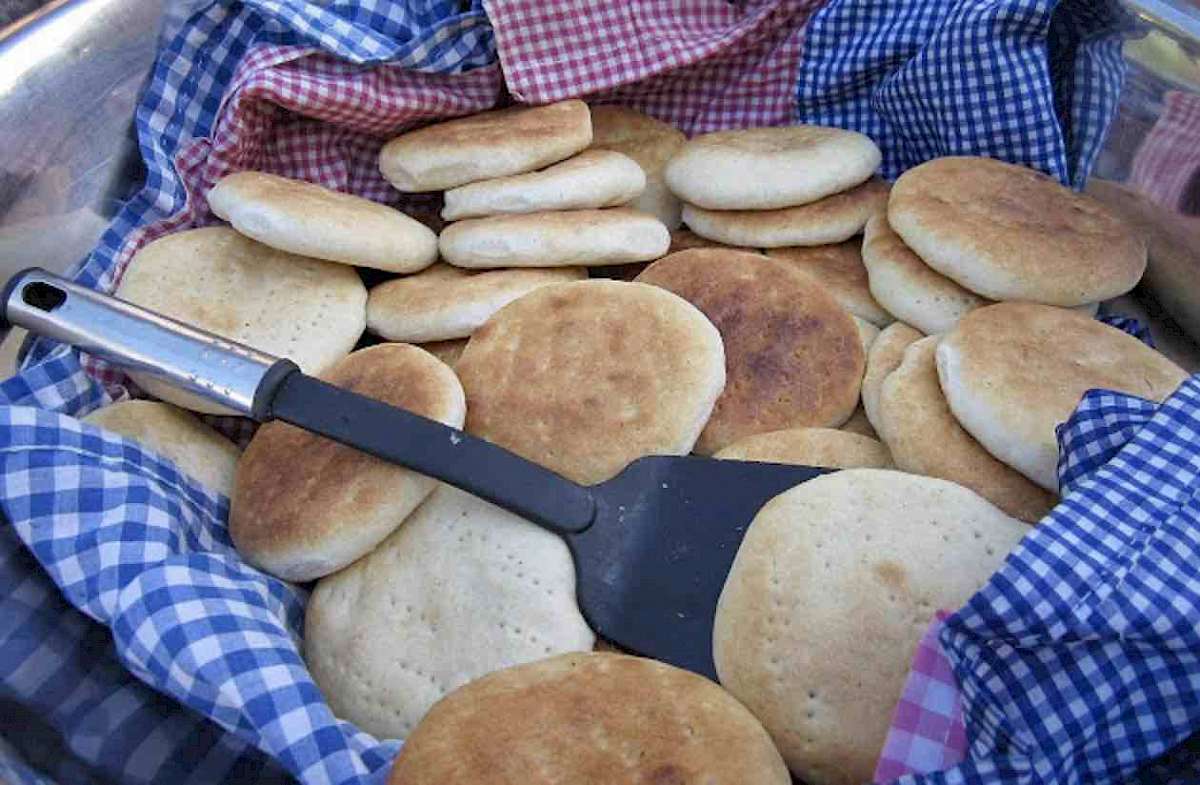
Cranberries
These bright red berries that we associate with Thanksgiving were a staple food of Native Americans. The wild berries that were harvested were used medicinally and in food and drink. The colonists were introduced to cranberries by Native Americans who ate them in sauces, puddings, bread, and in a high energy bar called pemmican. Although there is no actual proof, it is believed that cranberries were served at the first Thanksgiving in Plymouth, Massachusetts in 1621. Cranberries are an indigenous food in North America and widely cultivated today. Apart from cranberry sauce, this fruit makes delicious pies and cobblers.
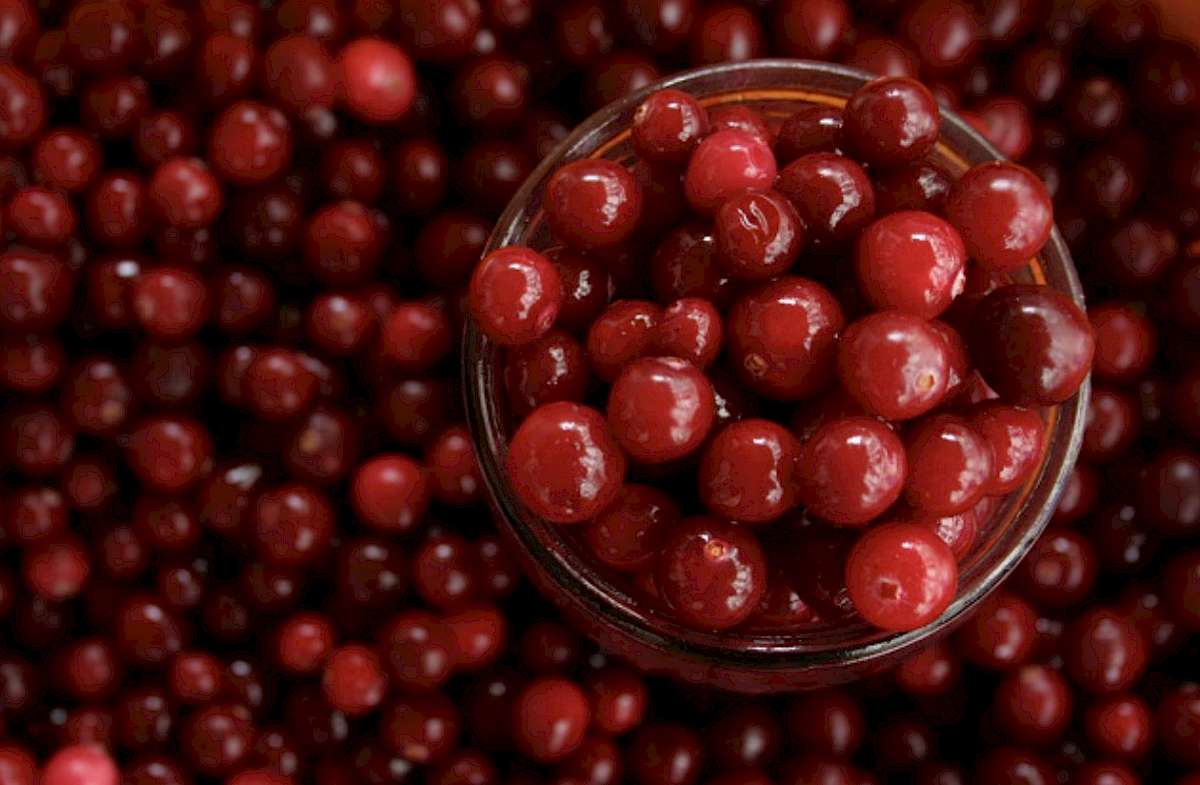
Blueberries
The blueberry is another fruit that is indigenous to North America and foraged by Native Americans. A simple dish favored by Native Americans was called sautauthig, a pudding made with cracked corn, honey, and dried blueberries. Many historians believe this dish was served at Thanksgiving feasts in New England. Taking their cue from Native Americans, colonists added blueberries to their diet. Blueberry pie was first eaten by early Americans and eventually spread to the rest of the world. Blueberry pie with a dash of vanilla ice cream has long been a favorite dessert in New England and is the official dessert for the state of Maine.
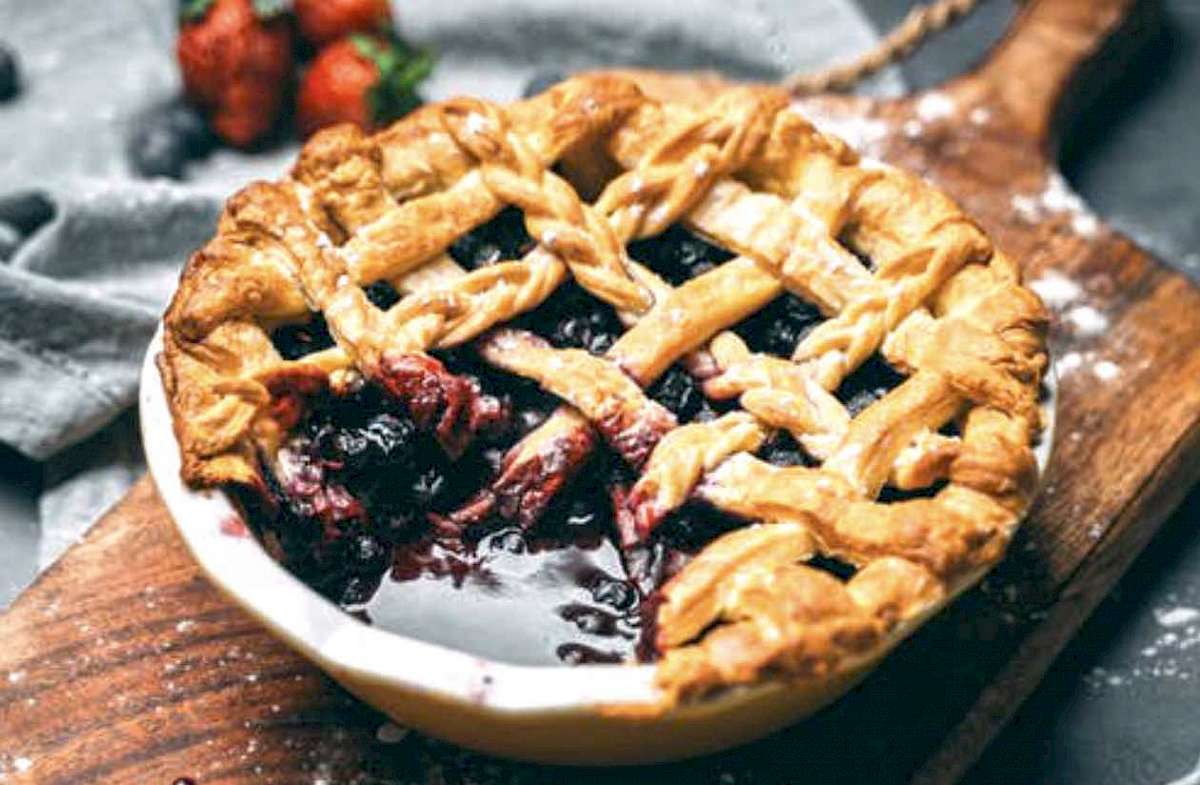
Succotash
Beans were almost as important to Native Americans as corn was. The Mohegan prepared beans in a number of ways including making a stew of beans and corn called succotash. In the Northeast, succotash was kept simmering at all times so that any hungry visitor or family member could be fed. Taking their cue from Native Americans, settlers incorporated this culinary combo into their diet. It is believed that succotash is one of the first foods shared with settlers at Plymouth Rock. To try and make your own succotash, check-out this recipe.
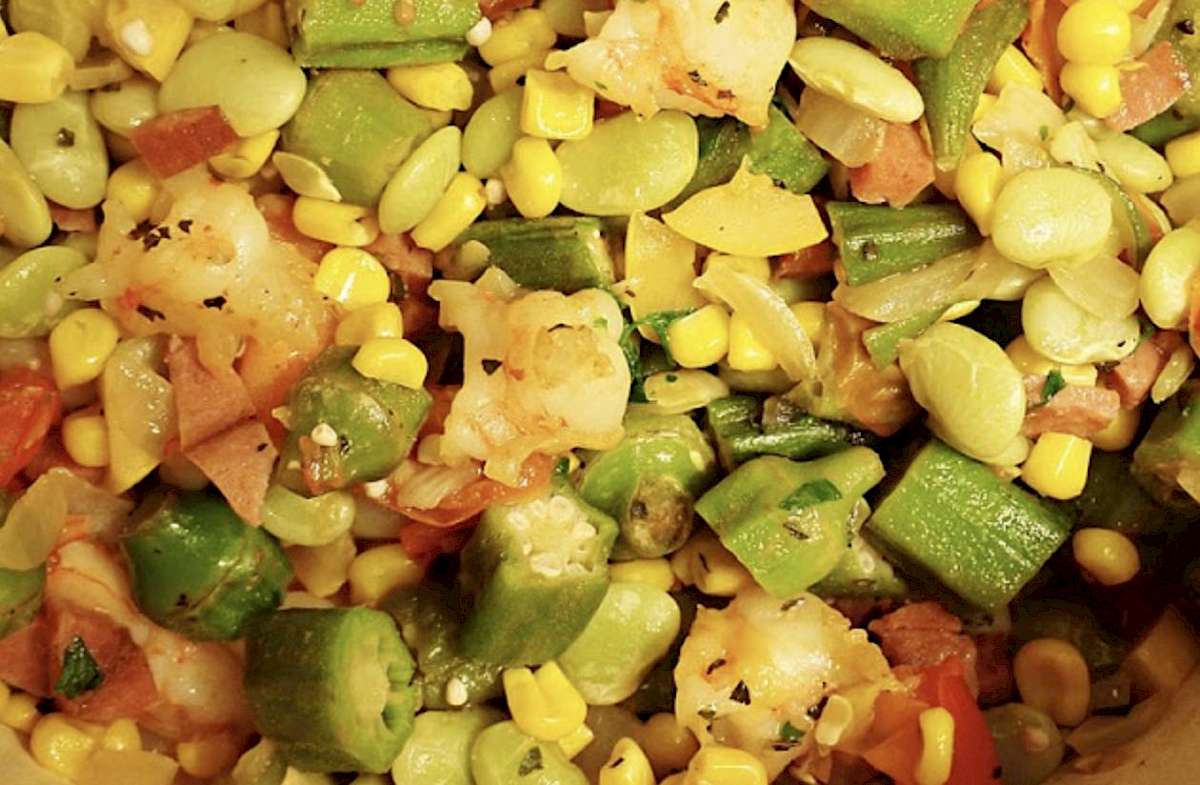
Pumpkin Bread
Native Americans shared so many uses for these two vegetables with colonists. Pumpkins or squash was eaten as a main dish and was used to flavor stews, bread, and porridge. The seeds of both pumpkins and squash were considered a delicacy and were dried and eaten during the winter months. Traditionally, pumpkin and squash seeds were ground into flour and mixed with cornmeal to make bread. Today in the fall, a favorite muffin, ice cream, or even coffee is flavored with pumpkin, with the star of the season being pumpkin bread. Making your own Pumpkin Bread with indigenous ingredients is a sweet reward.
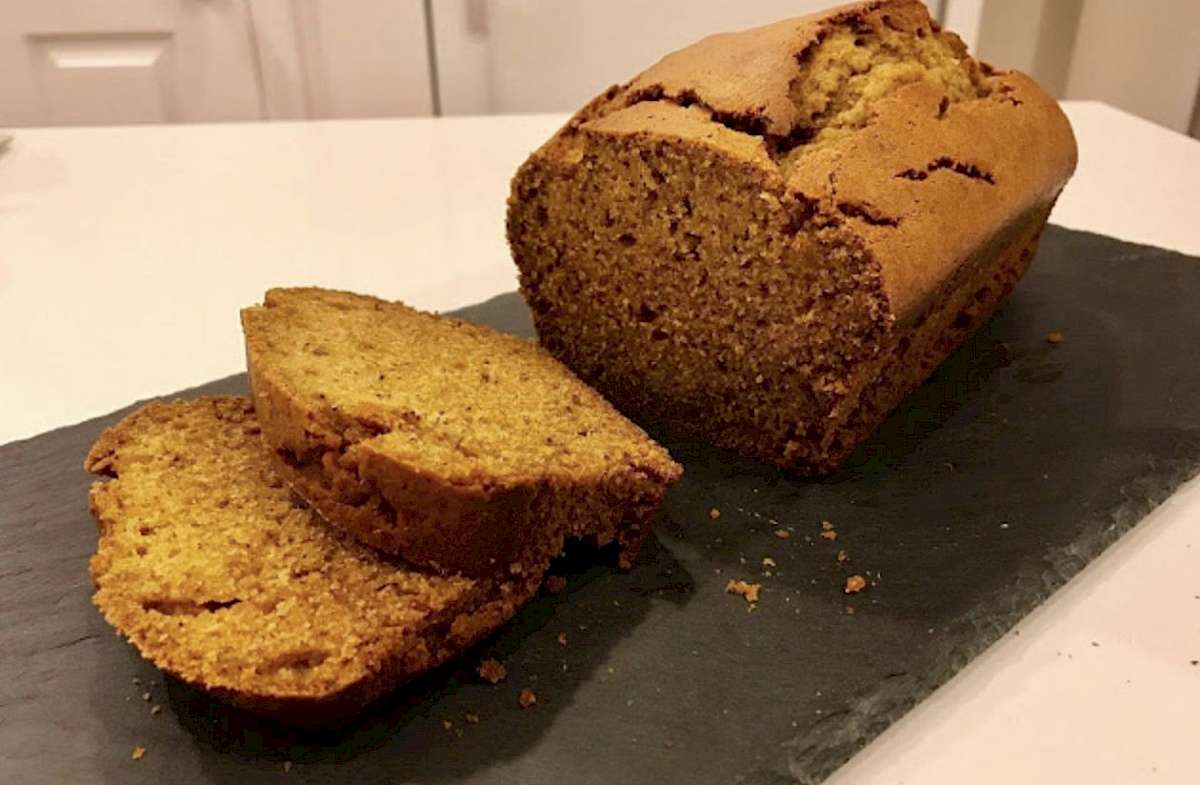
New England Clam Chowder
Clams, lobsters, oysters, and codfish were all essential elements of the diet of Native Americans. Some tribes migrated from the winter woods to the seashore in the summer months to partake of the bounty of the sea. One of the many modern foods with Native American roots is steamed clams, oysters, mussels, lobster, and clam chowder. The Mohegans, Pequots, and many other tribes made a rich broth-based stew from quahogs. After European contact, corn was replaced with potatoes, and milk was added to the clear broth. Today, New England Clam Chowder is a favorite among visitors, residents, and the indigenous people that live in New England. For your own delicious Wampanoag recipe for clam chowder click here.
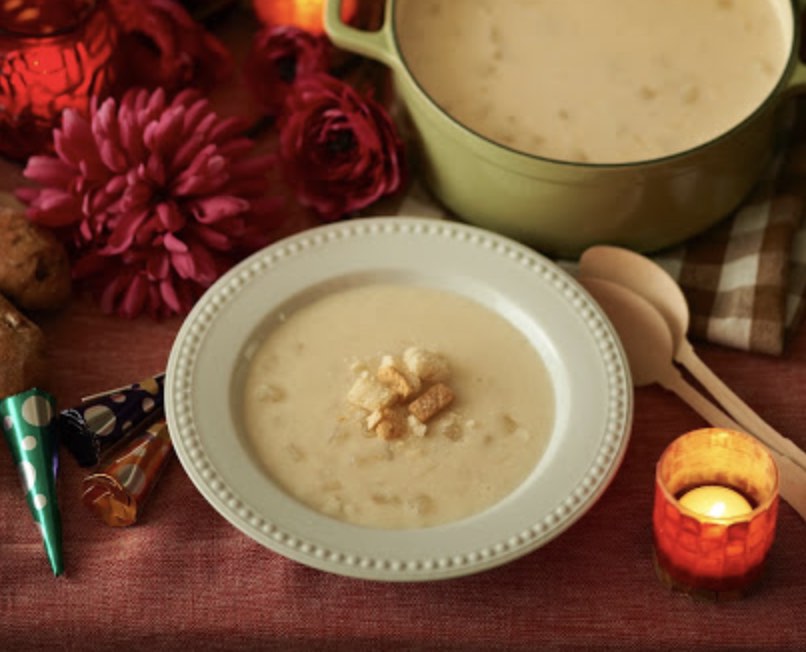
Maple Syrup
The Algonquian of New England taught the European settlers how to tap maple trees for sap and how to make syrup and maple sugar candy. Maple syrup was considered a delicacy and Native Americans honored the maple tree in ceremonies each year to ensure good harvests. Traditionally, maple syrup was prepared as a cool drink with herbs in the warm months and made into a hot tea with a variety of roots, leaves, and bark in the winter. It was also used as a basic seasoning year-round, eaten with grains, fish, fruit, vegetables, and dried berries. Maple sugar could be stored for well over a year making it a valuable food source. It was frequently eaten as candy for quick energy. Today, maple syrup is used much the same way as a seasoning and as a favorite condiment on pancakes, french toast, and waffles.
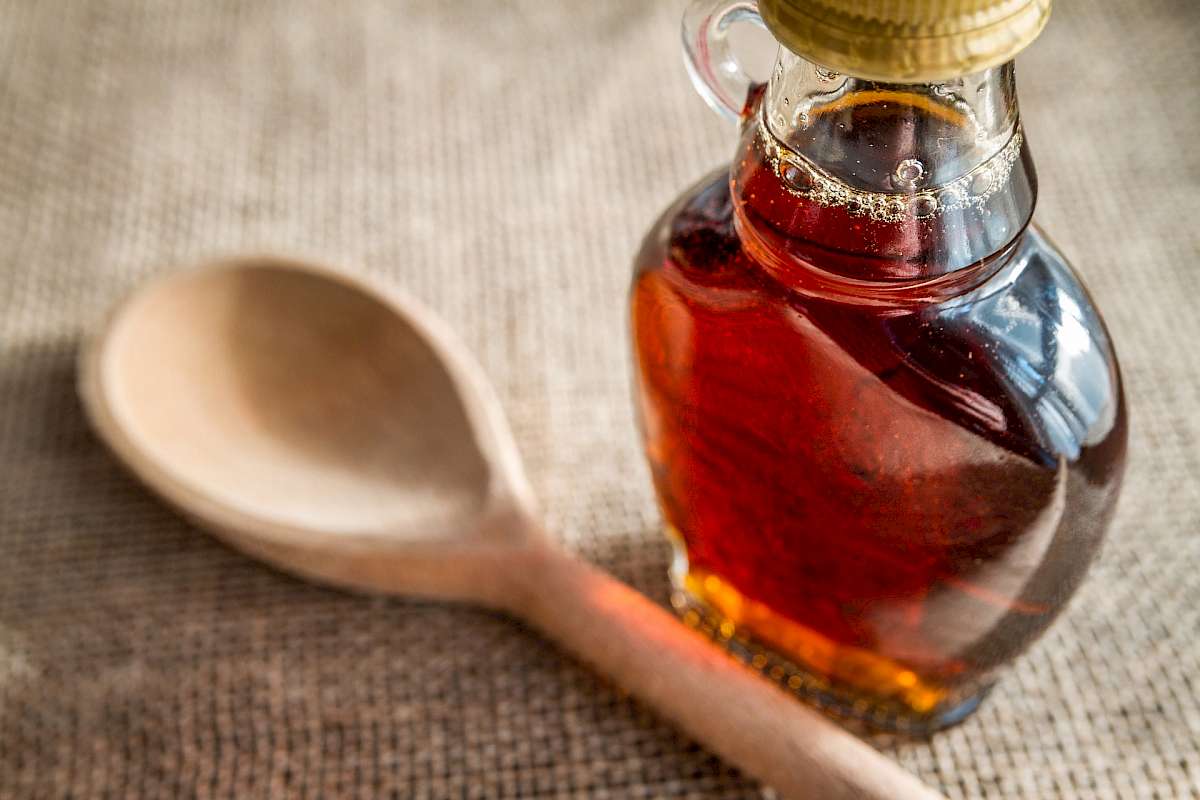
Next time you are visiting New England and dig into a bowl of clam chowder, feast on steamed lobsters and clams with a side of succotash, and have a piece of blueberry pie for dessert remember that this indigenous food has been pleasing people for centuries! Buon Appetito!
Why Tours of Distinction?
Many distinct New England adventures available that include most meals.
50 Years of Travel | Custom & Scheduled Departures | Mostly Inclusive | Over 500,000 Travelers
Learn More (/why-tours-of-distinction/what-makes-us-distinct/)
